What Does the Solar System Made of
The solar system: A guide to things orbiting our sun
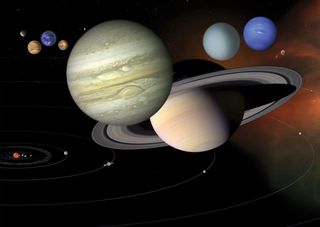
The solar system is made up of the sun and everything that orbits around it, including planets, moons, asteroids, comets and meteoroids. It extends from the sun, called Sol by the ancient Romans, and goes past the four inner planets, through the Asteroid Belt to the four gas giants and on to the disk-shaped Kuiper Belt and far beyond to the teardrop-shaped heliopause. Scientists estimate that the edge of the solar system is about 9 billion miles (15 billion kilometers) from the sun. Beyond the heliopause lies the giant, spherical Oort Cloud, which is thought to surround the solar system.
How was the solar system discovered?
For millennia, astronomers have followed points of light that seemed to move among the stars. The ancient Greeks named them planets, meaning "wanderers." Mercury, Venus, Mars, Jupiter and Saturn were known in antiquity, and the invention of the telescope added the Asteroid Belt, Uranus, Neptune, Pluto and many of these worlds' moons. The dawn of the space age saw dozens of probes launched to explore our system, an adventure that continues today.
There have been five human-made objects so far, Voyager 1, Voyager 2, New Horizons, Pioneer 10 and Pioneer 11, that have crossed the threshold into interstellar space.
Related: How much of the solar system is made of interstellar stuff?
The discovery of Eris kicked off a rash of new discoveries of dwarf planets, and eventually led to the International Astronomical Union revising the definition of a "planet." The revision changed Pluto's status from planet to dwarf planet in 2006, a decision that remains controversial – especially after the New Horizons mission found immense geological variety on the world in 2015.
Astronomers are now hunting for another planet in our solar system, a true ninth planet, after evidence of its existence was unveiled on Jan. 20, 2016. The so-called "Planet Nine," as scientists are calling it, is about 10 times the mass of Earth and orbits the sun as close as 200 astronomical units (AU). One AU is the distance from Earth to the sun — about 93 million miles (150 million km).
How did the solar system form?
Many scientists think our solar system formed from a giant, rotating cloud of gas and dust known as the solar nebula. As the nebula collapsed because of its gravity, it spun faster and flattened into a disk. Most of the material was pulled toward the center to form the sun. Other particles within the disk collided and stuck together to form asteroid-sized objects named as planetesimals, some of which combined to become the asteroids, comets, moons and planets.
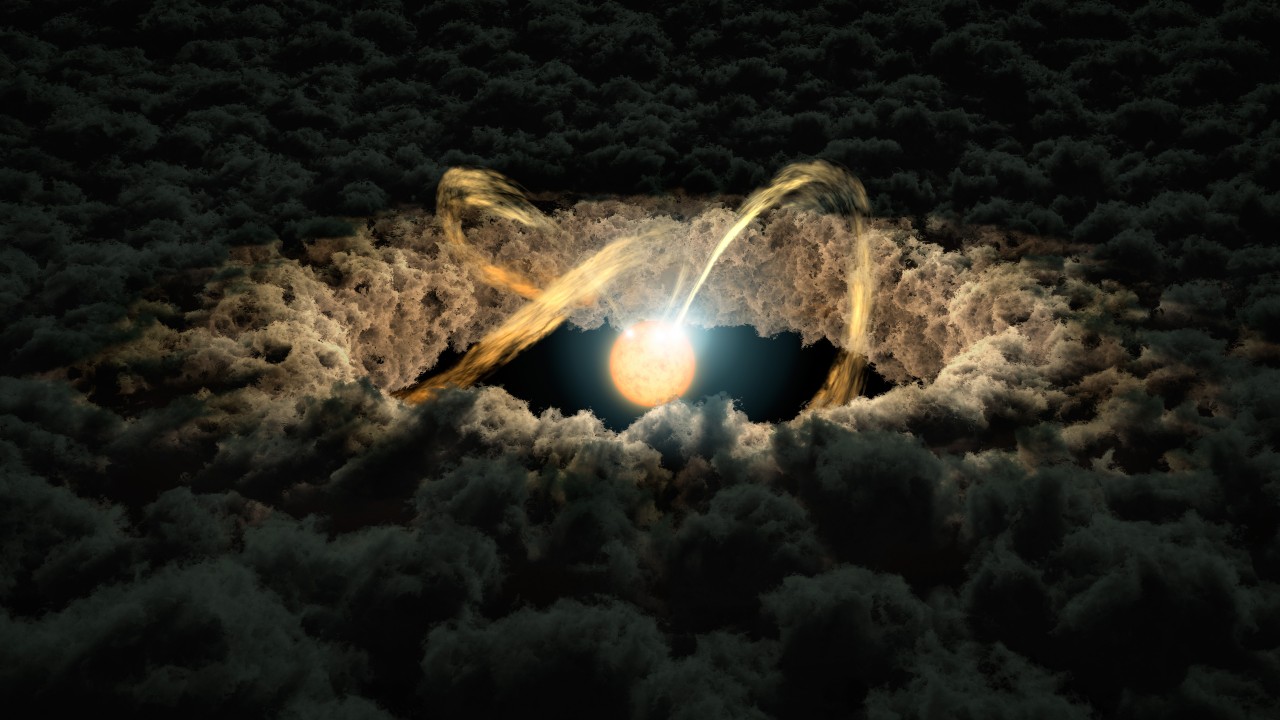
The solar wind from the sun was so powerful that it swept away most of the lighter elements, such as hydrogen and helium, from the innermost planets, leaving behind mostly small, rocky worlds. The solar wind was much weaker in the outer regions, however, resulting in gas giants made up mostly of hydrogen and helium.
The sun
The sun is by far the largest object in our solar system, containing 99.8% of the solar system's mass. It sheds most of the heat and light that makes life possible on Earth and possibly elsewhere. Planets orbit the sun in oval-shaped paths called ellipses, with the sun slightly off-center of each ellipse. NASA has a fleet of spacecraft observing the sun, such as the Parker Solar Probe, to learn more about its composition, and to make better predictions about solar activity and its effect on Earth.
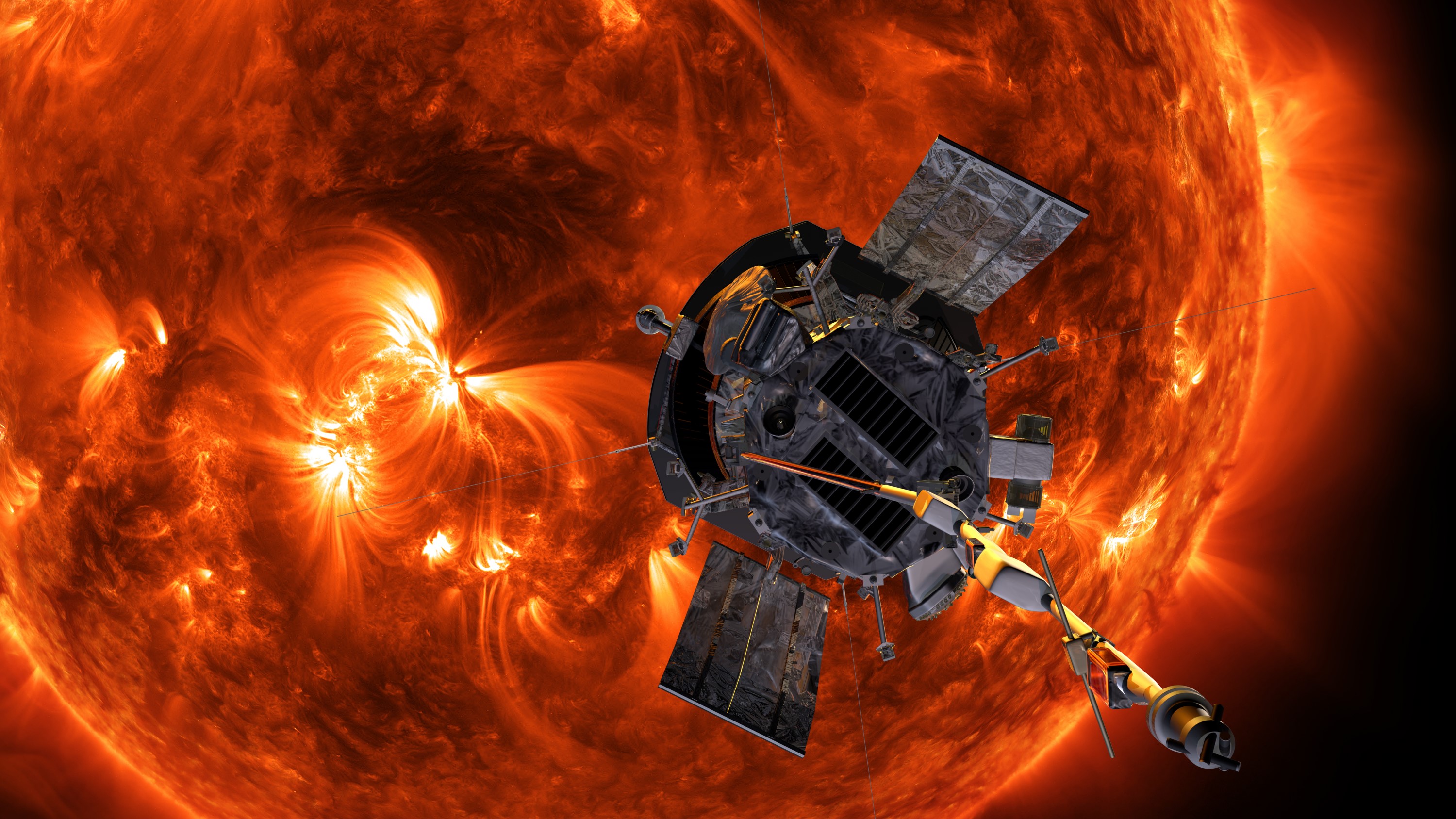
Inner solar system
The four inner four planets — Mercury, Venus, Earth and Mars — are made up mostly of iron and rock. They are known as terrestrial or earth-like planets because of their similar size and composition. Earth has one natural satellite — the moon — and Mars has two moons — Deimos and Phobos.
Between Mars and Jupiter lies the Asteroid Belt. Asteroids are minor planets, and scientists estimate there are more than 750,000 of them with diameters larger than three-fifths of a mile (1 km) and millions of smaller asteroids. The dwarf planet Ceres, about 590 miles (950 km) in diameter, resides here. A number of asteroids have orbits that take them closer into the solar system that sometimes lead them to collide with Earth or the other inner planets.
Earth is surrounded by a flotilla of spacecraft, and Mars has been visited by many spacecraft as well. Some of the more prominent Martian missions include the Perseverance rover, InSight lander, Tianwen-1 rover, Curiosity rover, the Opportunity and Spirit rovers, the Mars Reconnaissance Orbiter (which takes high-resolution pictures from orbit) and the Viking landers and rovers.
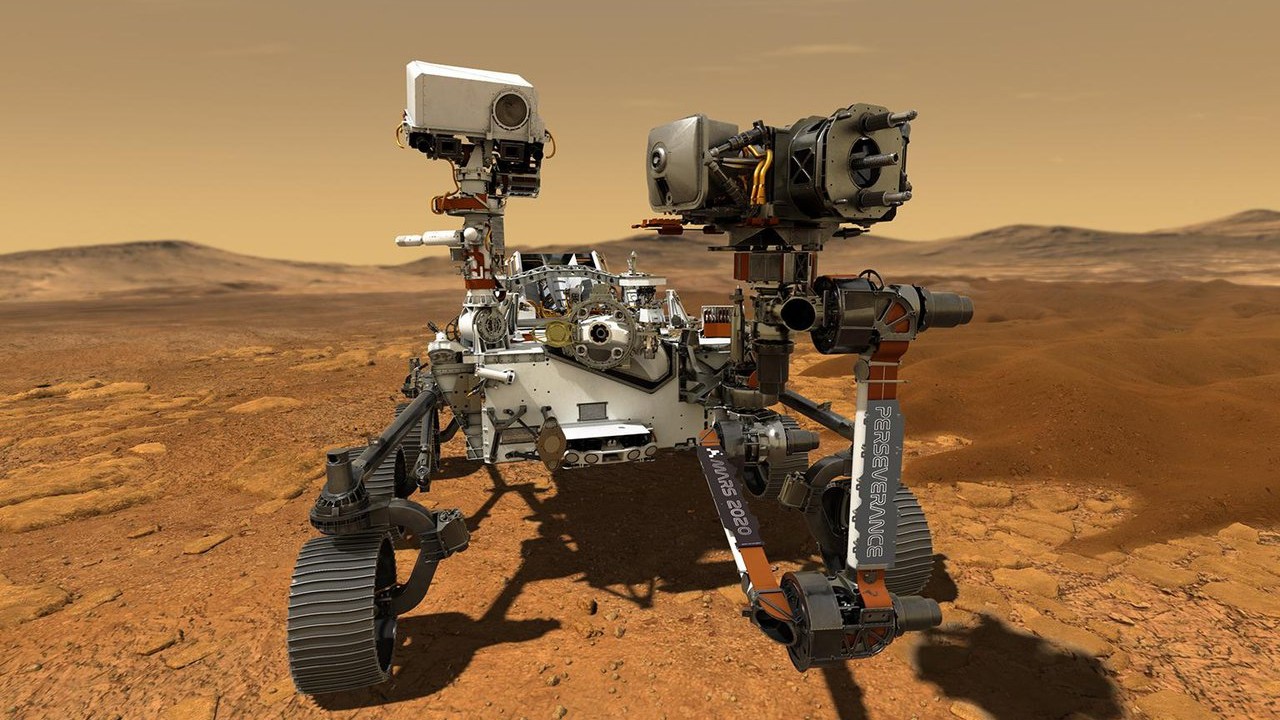
Related: Why do the planets in the solar system orbit on the same plane?
Venus has been explored by American, European and Soviet spacecraft, such as Venera 13 over the decades. NASA announced in June 2021 that it will launch two missions to Venus by 2030 - an orbiter called VERITAS and an atmospheric probe called DAVINCI+.
Mercury has been host to several flybys and two-long term missions: MESSENGER (now concluded) and BepiColombo.
Outer solar system
The outer planets — Jupiter, Saturn, Uranus and Neptune — are giant worlds with thick outer layers of gas. Between these planets, they have dozens of moons with a variety of compositions, ranging from rocky to icy to even volcanic (such as in the case of Jupiter's Io.) Nearly all the planets' mass is made up of hydrogen and helium, giving them compositions like that of the sun. Beneath these outer layers, they have no solid surfaces — the pressure from their thick atmospheres liquefy their insides, although they might have rocky cores. Rings of dust, rock, and ice encircle all these giants, with Saturn's being the most famous.
Comets are often known as dirty snowballs, and consist mainly of ice and rock. When a comet's orbit takes it close to the sun, some of the ice in its central nucleus turns into gas that shoots out of the comet's sunlit side, which the solar wind carries outward to form into a long tail. Short-period comets that complete their orbits in less than 200 years are thought to originate from the disk-shaped Kuiper Belt, while long-period comets that take more than 200 years to return are thought to come from the spherical Oort Cloud.
Jupiter and Saturn have each been visited by several spacecraft, and were also host to long-term missions including Juno and Galileo at Jupiter, and Cassini at Saturn. Uranus and Neptune, however, have only been seen during one spacecraft flyby — that of Voyager 2 in the 1980s. Some scientists are working on creating a Uranus or Neptune orbiter to fly there in the 2030s or so. Scientists do observations from the ground as well, to track the long-term changes in weather and cloud formations in the gas giants.
Trans-Neptunian region
Astronomers had long suspected that a band of icy material known as the Kuiper Belt existed past the orbit of Neptune extending from about 30 to 55 times the distance of Earth to the sun, and from the last decade of the 20th century up to now, they have found more than a thousand of such objects. Scientists estimate the Kuiper Belt is likely home to hundreds of thousands of icy bodies larger than 60 miles (100 km) wide, as well as an estimated trillion or more comets.
Pluto, now considered a dwarf planet, dwells in the Kuiper Belt. It is not alone — recent additions include Makemake, Haumea and Eris. Another Kuiper Belt object dubbed Quaoar is probably massive enough to be considered a dwarf planet, but it has not been classified as such yet. Sedna, which is about three-fourths the size of Pluto, is the first dwarf planet discovered in the Oort Cloud. NASA's New Horizons mission performed history's first flyby of the Pluto system on July 14, 2015.
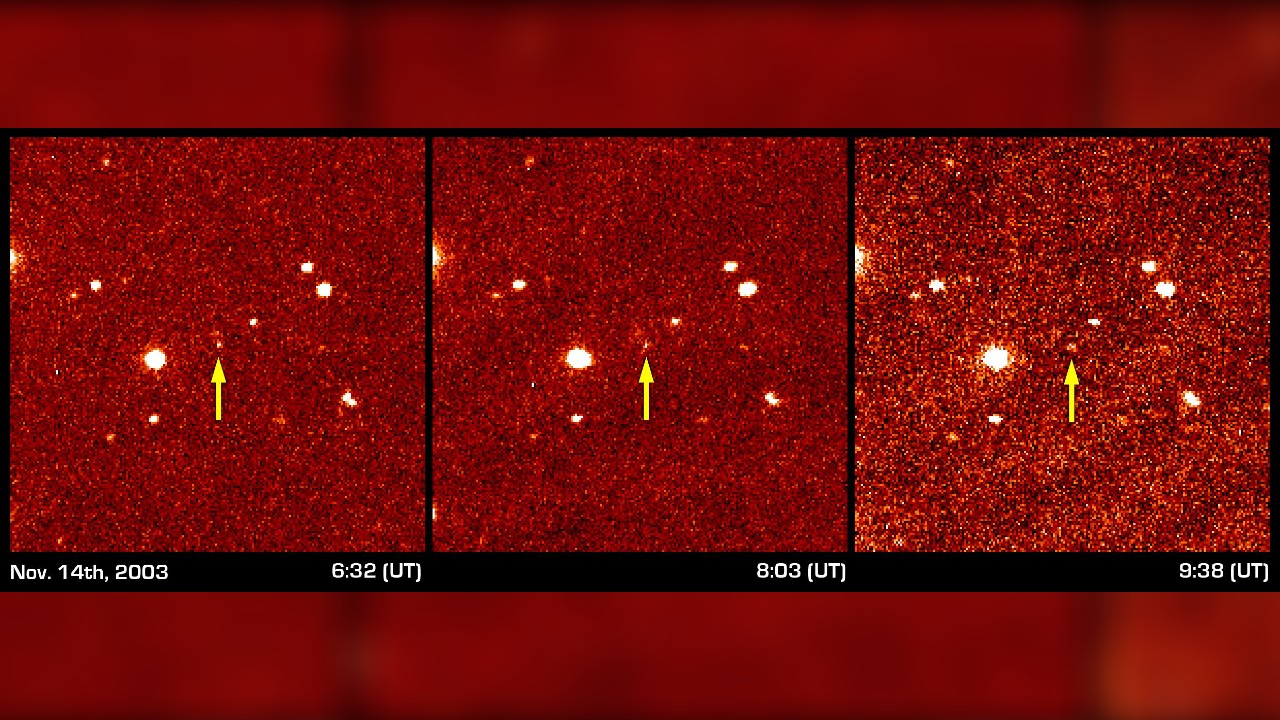
If Planet Nine exists, it orbits the sun at a distance that is 20 times farther out than the orbit of Neptune. (The orbit of Neptune is 2.7 billion miles from the sun at its closest point.) The strange world's orbit is about 600 times farther from the sun than the Earth's orbit is from the star. Scientists have not actually seen Planet Nine directly, and some astronomers debate its existence, which was inferred by its gravitational effects on other objects in the Kuiper Belt.
Related: What if Planet Nine is a baby black hole?
Past the Kuiper Belt is the very edge of the solar system, the heliosphere, a vast, teardrop-shaped region of space containing electrically charged particles given off by the sun. Many astronomers think that the limit of the heliosphere, known as the heliopause, is about 9 billion miles (15 billion km) from the sun.
The Oort Cloud lies well past the Kuiper Belt, and theoretically extends between 5 and 100,000 astronomical units (AU), the distance between the sun and Earth (about 93,000,000 miles or 150 million kilometers), and is home to up to 2 trillion icy bodies.
Additional resources
- NASA's Solar System Exploration: Learn more about the planets, missions and discoveries.
- The Planets: The Definitive Visual Guide to Our Solar System
- Book of Space (12th Edition)
Join our Space Forums to keep talking space on the latest missions, night sky and more! And if you have a news tip, correction or comment, let us know at: community@space.com.

Charles Q. Choi is a contributing writer for Space.com and Live Science. He covers all things human origins and astronomy as well as physics, animals and general science topics. Charles has a Master of Arts degree from the University of Missouri-Columbia, School of Journalism and a Bachelor of Arts degree from the University of South Florida. Charles has visited every continent on Earth, drinking rancid yak butter tea in Lhasa, snorkeling with sea lions in the Galapagos and even climbing an iceberg in Antarctica. Visit him at http://www.sciwriter.us
What Does the Solar System Made of
Source: https://www.space.com/56-our-solar-system-facts-formation-and-discovery.html
0 Response to "What Does the Solar System Made of"
Post a Comment